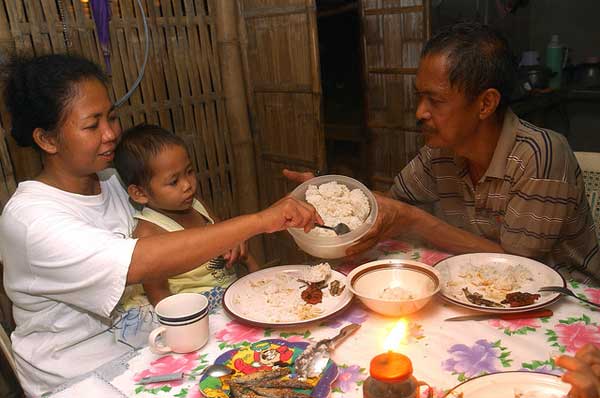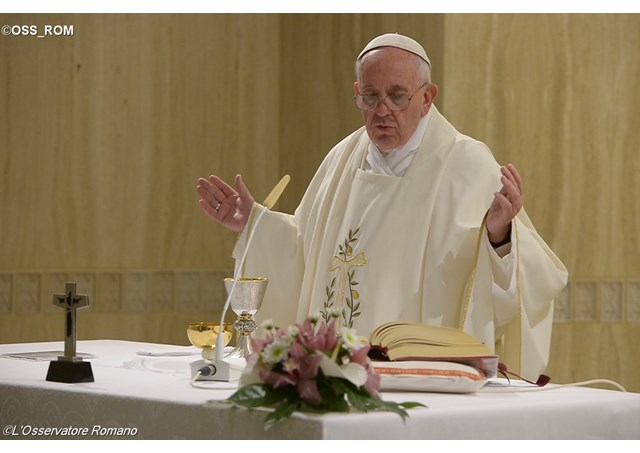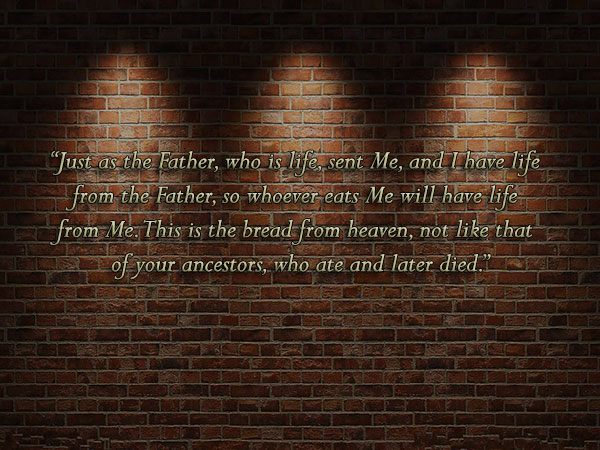_______________________________________________________________________
SENSORY PERCEPTION, SENSIBILITY. SENSORY INTEGRATION, SENSORY PROCESSING
________________________________________________________________________
Introduction: ( Continuation from the first part )
All animals from the simplest single celled organism as amoeba to the most complex as Man depend on information obtained pertaining to their outside and inside world. Whether it is processed instinctively or reasonably this implies that sensors and sensory systems are windows to the world with relative but well-tuned capacity.
The basic senses as sight, smell, taste, hearing and touch have not evolved morphologically to great extent in providing man the abstract truth but rather still achieves the same survival function. We have not grown bigger ears, brighter eyes, sharper smell or change skin colour at will. The intimate relationship between sensory and neural systems, and the environment influences adaptability.
Adaptability to Change indicates Intelligence. The lifestyle of a particular animal species is a logical consequence of this. Described as the capacity for logic, abstract thought, understanding, self-awareness, communication, learning, emotional knowledge, memory, planning, creativity and problem solving is Intelligence. That is where Nature and Nurture comes in.
Abecedarian adaptability can be observed even with the simplest organisms. Basic mechanisms are evident among the rich diversity found in nature including plants. But only man has the capacity to alter his surrounding according to his needs or wants. And that makes Man superior among all animals but the most capable of creation and destruction towards his own specie and anything around him.
Where plants and animals exhibit a “Relational form of adaptability” with the environment sensing is their relevant biological adaptability. Its prominent characteristics are spontaneous, instinctive, raw and irrational. Man has the same rudimentary adaptive skill but further exhibits the ability to transform a physical experience – to an awareness of – raising the consciousness of. The exponential effect.
So, let’s go back to lower faculties. Previously, I talked about the sense of Touch followed by the sense for Life or simply “Well-Being”. The next two more senses that I will describe are Movement and Balance.
To recap a healthy Sense of Touch lays the foundation for a sense of social boundaries. Touch is the first sense to be awakened during birth. The strong uterine contractions massages the baby; it awakens and tone up the sense of touch. In cases where touch is under-stimulated, through short labor, Caesarean section, or lying naked in an incubator, this child can become very touch sensitive. It is best to remember that what is normal touch experience to most children creates much apprehension to this child. Exploring the world around through touch is sometimes avoided. With the general tendency to become fussy and finicky with clothes, textures, and changes in the temperature.
Life sense is the sense of organic wellbeing. Disturbances in wellbeing are encountered in the rhythmic life – waking and sleeping, eating and elimination. It includes food allergies, preferential and restricted dietary choices.
How many children play outdoors? Where do we find children today? What activities do they indulge in? Less and less children play and playing leisurely now comes with a price enclosed in artificially generated visual realities. Games and activities must encourage the holistic development of the child.
Now to continue… Let us begin with; Self-movement or Proprioceptive sense gives us awareness of body position. It also gives us the framework for developing body geography. It informs where the body parts are in relation to one another.
Movement signals the beginning of a life. In a rendezvous with the moving and swimming sperm, the mother’s egg begins her journey from the Ovary. Meeting through this passage called Fallopian Tubes; Life begins at Conception. A day after the fertilization-the heart first begins to beat. The cellular division begins descending the passage building the body of the sleeping soul. The Fertilized Egg then sojourns towards the uterine cavity growing to full term.
Movement is the first indication of life that begins with movement from the contributing parents. Essentially, I think we never stop moving. Passing on Life is an active and conscious process. At about 3 weeks, the sound of the little heart is too soft to hear but the pulsating movement “Motion” can be seen using Ultrasound technology.
Incredibly the heart does not take a pause from the moment fertilization takes place, true to its nature it beats at approximately 54 million times, between fertilization and birth. And if you live well over the golden years to a course of an 80-year lifespan, your heart beats over 3.2 billion (3.2 • 109) times! Isn’t that a miracle! Only to stop and transform life when death comes.
The little heart feels everything around even before it can think. Pregnancy is a wonderful time because a new Life is nourished and nurtured. A time to cherish and reverence the capacity to give life. Quickening is the first fetal Movement. In the mother’s womb the baby moves, twists and kicks. At birth the baby emerges from being suspended in fluid into the earthly world; the body experience its first predictable guided physical responses to gravity and body positions.
Infant movement are initially erratic and uncontrolled. As the baby matures coordinated movements are developed and strengthened. By age three uprightness is achieved, made the first steps, spoken first words, and begun to show awakening thinking.
The process by which the body can vary muscle contraction responding to incoming information regarding external forces, use stretch receptors in the muscles keeping track of the joint position in the body is called Proprioception. Coordination is the key word here. The sensation of joint motion and acceleration, are the sensory feedback mechanisms for motor control and posture. It is being inwardly aware of the way body parts move in relationship to each other. It is the ability to move joyfully in one’s body. That is being comfortable with one’s body.
As lower school teacher, more and more children with a compromised Proprioception can be observed exhibiting less coordinated movements, lack of stability, and confidence in their bodies. There is an increasing number of children described with sensory processing difficulties, sensory integration and some sensory systems is disordered. Sensory Integration, Sensory Processing and Sensory perception are strengthened through Proprioception. A poor sense of movement leads to disastrous bodily sense. It generates poor management of and relationship with space. Some children have the tendency to trip, fall over or bump into something. Some exhibit awkward clumsy movement due to lack of coordination.
Children are wired to play. They will always move around. It is their nature to do so. The best way to cure hyper activity is to channel energies properly. Now. Children grow in an environment that is in a race to compete with, to excel over other children, to perfect and exploiting potential talents at an early age ergo making the world become less supportive of healthy development.
Society and culture initiates the definition and scope of movement of children in adult terms. Over-stimulating the senses, rushing children with no time to digest and consolidate experience, and the declining truthful sensory experiences replaced by “virtual” substitutes on tablets and computers. Training and restricting movement or activity to ensure a quiet and passive child through television or video games – the electronic baby sitters. As society establishes what children must do creating too many structures or expectation depriving children of being a child; any child may develop an inner fear of the “doing” which pushes the child to find acceptance and expression in a virtual world living a virtual life.
As a result we find more and more children, who are unable to manage themselves fearful of the real world or real life situation but has the overwhelming desire to control circumstances and people in accordance to how he relates with and experience the virtual world. Then they become impatient and impulsive in their thoughts and behaviours. When confronted with stressful situations, behaviours and decisions are divorced from reality making them obnoxious or obscure. It is no longer surprising to find an increasing number children with all sorts’ learning disabilities, challenged learning, sensory issues and difficult children.
So, to think of Movement is to ponder of the richness of the baby’s life even before birth. In the silent quarters of the womb, a child waits and receives the abundance of emotion both parents have.
Next is the “Sense of Balance” Balance in layman’s term is the vestibular sense. It is connected to our spiritual identity and gives us the possibility of a “point of view”. Hopefully a view of the world that is balanced. “Attentiveness” and “being present” to the moment is achieved through the sense of balance. It is the ability for the child to be present, to focus on a task with enthusiasm and to assess and take risk.
The seat of balance is located in the inner ear, it establishes position in space relative to the earth’s gravity. It is a canal called the vestibule which contains hair cells. The cells are sensitive to gravity acceleration posture and direction, these messages are conveyed to the brain. It is just below where the three semi-circular canals of the inner ear meet along with a chamber. The fluid within this system moves as the head changes position or direction, and stimulate nerve cells informing us of our position in the three planes of space. Every time the head moves it causes the fluid to change; it is an inward sense through which we can determine through which we are in proximity to our right, left, forward and backward; standing up in equilibrium with these three spatial planes.
It is fascinating to watch different children ride a bicycle, stand on rollerblades, skateboarding or juggle with balls. It all requires attention, concentration and balance. Games like pretending to cross an imaginary bridge, or providing a balance beam for children to play ( with adult supervision ) is most helpful in developing these sense.
Doing all kinds of movements stimulate or challenge our balance. This sense orients the child in space or to the world with respect to up, down, right, and left. It develops the pathway to a healthy and reliable vestibular sense. Movement educates the balance system so it can know what upright stillness is.
The Sense of Balance refers to the balance of life in general. It includes the capacity of being centered. To remain balanced is not only the ability to balance by use of the semicircular canals of the ears for midline balance. This is balance in two separate realms. Physical bodily and abstract – thought emotional balance. This wonderful sense serves to ground any human being to space, time including people and furthermore the refines quality of our proximity to it.
Educating the balance system knowing what is upright stillness, is guiding, stimulating and strengthening the vestibular system. Finding the “center point” and stability in uprightness. It begins in the many simple exercises done at home and school. ” Stillness and uprightness are abstract concepts that needs to be experienced and delivered in imaginative ways that is creative and age appropriate. Achieving uprightness in all aspects of life is a goal developed drawn from the simplicity of daily activities.”
Integrating the inner and outer world of the growing child, ensures dynamic and healthy interaction with other people. These senses/faculties takes a long time to become fully developed. The development of senses flows from to its relative sense in an interweaving way. These lower senses are needed to develop the higher senses as the sense of Balance is related to hearing.
Physical and Concrete learning experiences that lead to abstract thinking as the child matures and develops into adulthood. It also includes the sounds that children are exposed to. Silence have become an expensive commodity and growing children nowadays are unable to attune themselves to the absence of loud sounds. The refinement of hearing comes early on even before the child is able to distinguish music, noise and sound. The sense for musical harmony transposes itself to harmony in our dealings with people. The ability to distinguish sounds, tones, instruments and music refines our sensitivity for listening. Hearing is superficial because you are only reacting to what is heard. Active Listening is responding that means communication and understanding is achieved. The outer sense for balance develops within the child inner sense of harmony and calmness as we grow our relationships balancing between our likes or dislikes, attractions and repugnance, expectations and truths. To become “Still” or attain “Calmness” does not mean the absence of movement. It also means being consciously aware of what you are doing. It means being fully engaged. Balance also means finding your center. Finding one’s ground. It means finding oneself. Holding still in the midst.
As more and more children are drawn in a world of virtual reality, learning the inner meaning of the senses are lost because to master space is to be involved with reality – the real physical world. The desire for the virtual world becomes even more alluring because there are no restrictions that leads to unacceptance , isolated we have children reckless and forever hurting themselves due to the lack of developing the Sense of Balance. Balance is not only important on the physical aspect but also it affects the emotional level. The sense of balance is equilibrium of the both in space and inner balance or stillness. Imagination, Flexibility, authenticity, movement and joy lays the foundation for social and community life. It is necessary for the development of each child but also for the future of humanity.
Human beings learn through active participation with life and interaction with nature around him. Evolving within the context of a physical world where crucial to development are real life experiences and social interaction. Play is a significant part of childhood because it develops sensory skills, control restraint and the neural circuits required for creativity and the practice of Life skills. The young child learns to be confident and competent Life through sensory experience that is adequate. A child cannot grow in isolation of other children. The process by which the brain develops or gets information is through the senses. Human beings are by nature relational.
“More than a bundle of spark, every child is a unique individual to be appreciated,
accepted and loved exactly for what they are.”
____________________________________________________________________________________________
MARIA LOURDES DE VERA is an artist-author, a registered nurse and a licensed professional teacher. Marielou, is friendly, unconventional and fun.
She is the author of “Art and the Creation Stories”, published by Claretian Communications Foundation, Inc., a very useful book not only for educators but also for anyone who is willing to revive one’s noble calling in a life of creativity, the language of the soul together with one’s articulation of faith towards one’s salvation.









